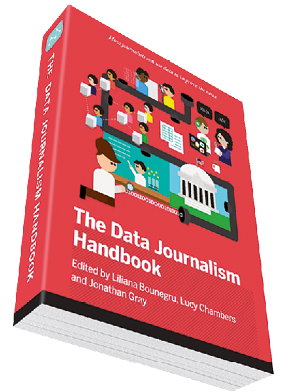Open data promotes democracy
The newspaper Helsingin Sanomat established a data journalism group to help the paper’s news desks to make better use of numerical data.
t is a forerunner in data journalism in Finland. According to Esa Mäkinen, the producer in charge of data journalism, Helsinki Region Infoshare has been the best channel for Helsingin Sanomat to obtain data. Esa Mäkinen praises the HRI web service, calling it a user-friendly and successful site even on a global scale.
According to Mäkinen, open data helps journalists to better carry out their basic task – to make new and interesting interpretations of the world and to influence the ways in which society works. This improved understanding benefits both citizens and public officials.
Of the data reserves published by HRI, Helsingin Sanomat has used, for example, data on traffic accidents and corporate tax as well as subdivision maps. The paper has created a map of the traffic accident data, indicating the spots with high frequencies of car accidents with pedestrians. The map can be used to influence the behaviour of people and as a tool in traffic planning.
Helsingin Sanomat established its two-person data journalism crew in summer 2012. It is made up of journalist Esa Mäkinen and programmer-cum-graphic designer Jarmo Lundgren. They help other news desks to utilise open public data.
Helsingin Sanomat has also organised six HS Open workshops, in which the participants have designed various applications and visualisations making use of open data. The workshops have been enormously popular among reporters, graphic designers and coders.
The latest HS Open was held in 2012. Will there be yet another one?
”We have been looking for interesting datasets that could be used in the event. If we can find something suitable, we may set up another HS Open event in the next few months”, Mäkinen says.
http://blogit.hs.fi/hsnext/
Datajournalismi.fi
The Finnish data journalism network has a website containing, among other things, tutorials and other self-study material for those aspiring to becoming data journalists. The site offers help using Excel and Google’s data tools, for instance.
http://datajournalismi.fi
Datajournalistin käsikirja
The 240-page data journalism handbook, written as pro bono work, includes examples of data journalism produced by BBC, The Washington Post, Helsingin Sanomat, The Guardian and many others. The book also reveals how the data journalists’ reports and visualisations were created.
www.datajournalismhandbook.org
•
The texts of the publication are licensed under the 'HRI-nimeä' attribution. All reuse of the material must be accompanied by the name of the author (Petja Partanen or Terhi Upola) and the publisher (Helsinki Region Infoshare).
Datajournalism
Data journalism is journalistic work with the aim to produce news by combining extensive datasets and by analysing and visualising them. The source material is data that is either openly available over the Internet or can be obtained by request from public officials on the basis of the Freedom of Information Act.
“Data is power, and sharing it promotes democracy.”
